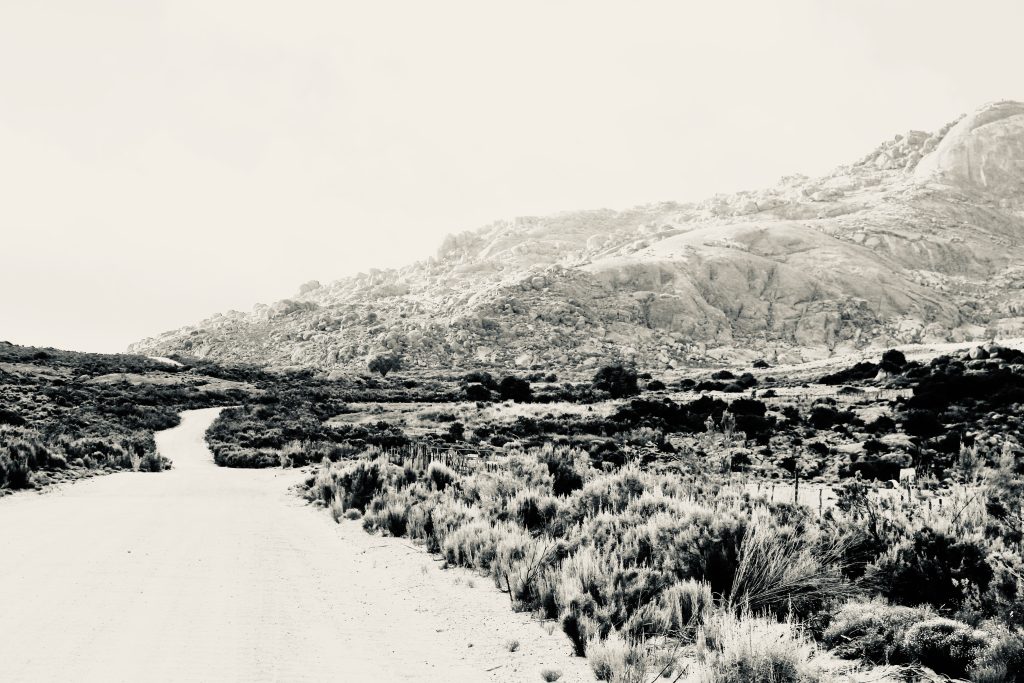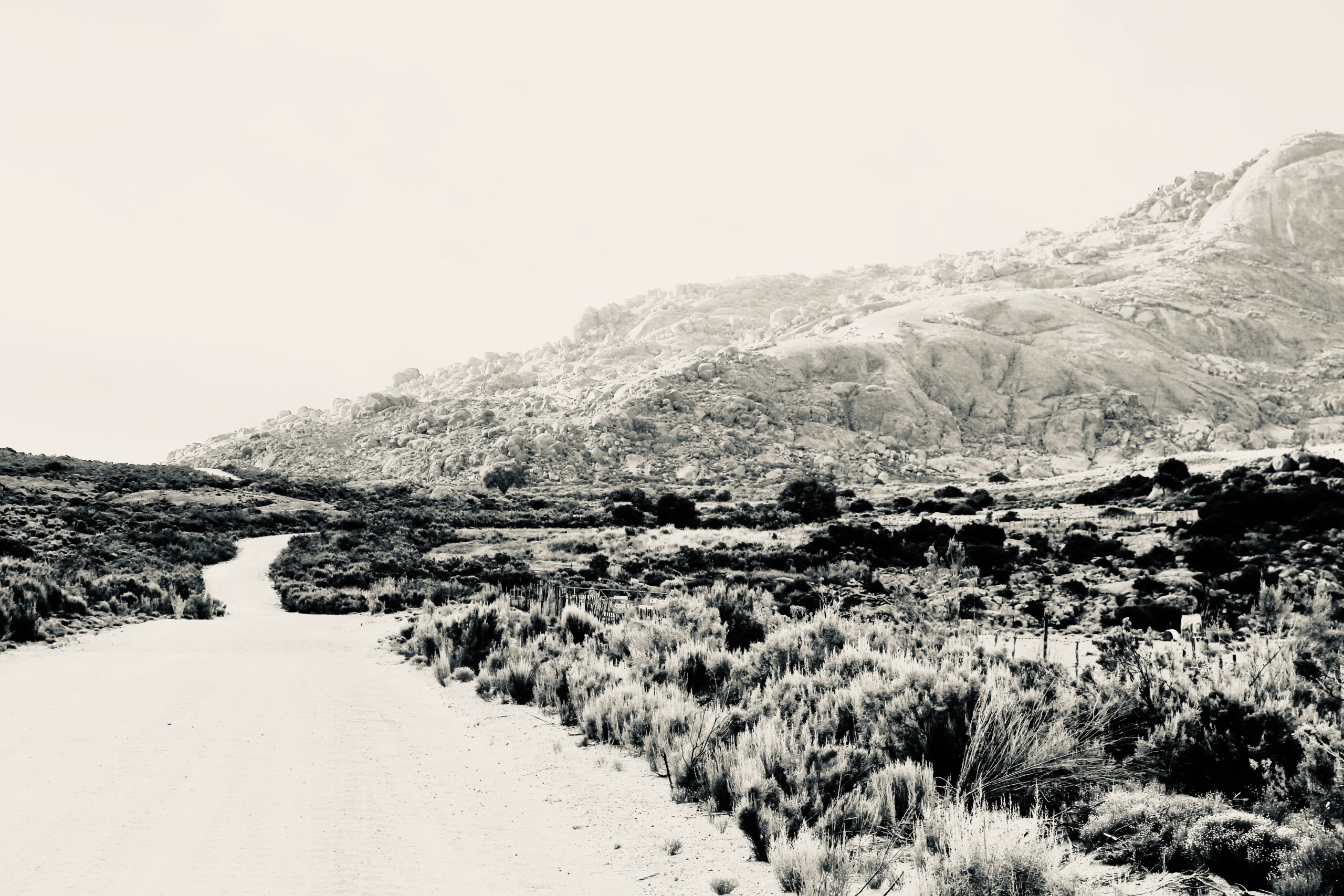We are picking a path northwards.

We are picking a path northwards, along sandy tracks and mountain passes. This is an expedition to be sure. It ghosts an earlier, weightier, expedition that marched out of the Fort of Good Hope with flocks of sheep, herds of oxen, riding horses and donkeys, with wagons, light carts that carried one boat and two field canons, and a calash. There were leaders of those oxen, groomers of those horses, drivers of those wagons, interpreters and armed infantrymen, free-burghers and a mining engineer. There was an orchestra with buglers and drummers, violins, trumpeters and an oboe player. There was the prisoner-prince-of-Macassar and his retinue, members of the Council of that Company – that Dutch East India Company – and, seated in the calash, was Commander Simon Van Der Stel.
They too pointed their noses northwards. To reach the Copper Mountains and extract her riches, was their cry. Along the way Hendrik Claudius, keeper of the journal, mapper of the route, illustrator of medicinal plants, asked to be shown, was shown, and was told the names of plants. The folio of illustrations that he left behind are part of our ambulatory library. He did not seem to have asked what a midwife might put in her travelling bag. Such questions still wait to be addressed.
Retrace. Return. Cape Town to Luanda. This is the shape of our expedition. And that midwife, who is our midwife, Maaij Claesje, enslaved woman at the Cape when that other expedition marched out of the Fort in 1685, left kin in Angola.
All that is dead is not buried.
From the Cape to Angola, that is the larger shape. But this is more than can be imagined in a single breath. Place by place, guide by guide. This is how we will proceed.
